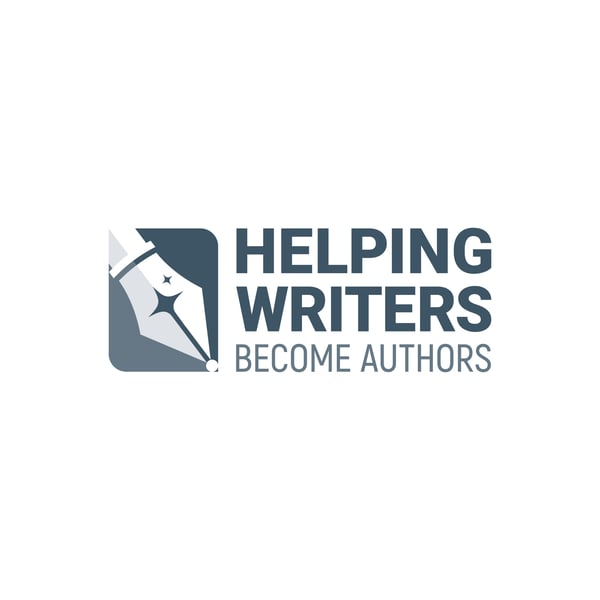Ep. 630: What's the Difference? Your Character's Ghost vs. Wound vs. Lie vs. Weakness
Helping Writers Become Authors
K.M. Weiland
4.8 • 1K Ratings
🗓️ 19 June 2023
⏱️ 16 minutes
🧾️ Download transcript
Summary
All four terms--Ghost vs. wound vs. Lie vs. weakness--refer to a pain point for your character. Here's how to understand the nuances.
Transcript
Click on a timestamp to play from that location
| 0:00.0 | This is K.M. Wyland and you are listening to the 630th episode of the Helping Writers Become Authors |
| 0:14.3 | Parcast. I hope you enjoyed this week's episode. What's the difference? |
| 0:19.0 | Your character's Ghost versus Wound versus Lie versus lie versus weakness. |
| 0:27.0 | One of the major keys to engineering characters who can create reader favorite moments is understanding your character's weaknesses. |
| 0:36.0 | But those weaknesses seem to be known in writer terminology by a dizzying array of names, including |
| 0:41.6 | ghosts, wound, and lie. So what's the difference and which |
| 0:46.0 | goes where in the story and how do they each operate differently or do they? On this podcast you may have noticed that I favor the terms ghost and lie. |
| 0:57.0 | In my articles and books on writing you will almost always see these words |
| 1:02.0 | capitalized as my way of indicating they are important |
| 1:05.4 | catalytic entities within story form as I teach it. However, you may encounter other writers who prefer |
| 1:11.7 | to use the term weakness or wound. Are these all |
| 1:15.7 | referring to the same concepts? So in many general ways all four terms do refer to the same thing and that is the fundamental pain point |
| 1:27.1 | at the core of the character's psyche. Whether large or small, traumatic or mundane, this pain is perpetuating a limited way of being in and |
| 1:38.1 | seeing the world. It constricts the character's ability to move forward toward the plot goal in a holistic and |
| 1:44.7 | efficacious manner. That said, each term does have a slightly different |
| 1:50.5 | connotation. So today, in response to several requests on the topic I'm going to |
| 1:56.4 | examine all four terms as well as how I personally use them in my own understanding |
| 2:02.0 | of story. But before we get started, let me just say that |
| 2:06.7 | perhaps the main point here is that writing terminology varies. Although certain |
| 2:12.3 | prevalent terms are widely accepted, there are also many |
| 2:16.0 | many different terms that you will see applied to the same or almost the same concept. |
| 2:21.6 | For example, I teach story structure as having three major plot points, the first plot |
... |
Please login to see the full transcript.
Disclaimer: The podcast and artwork embedded on this page are from K.M. Weiland, and are the property of its owner and not affiliated with or endorsed by Tapesearch.
Generated transcripts are the property of K.M. Weiland and are distributed freely under the Fair Use doctrine. Transcripts generated by Tapesearch are not guaranteed to be accurate.
Copyright © Tapesearch 2025.

